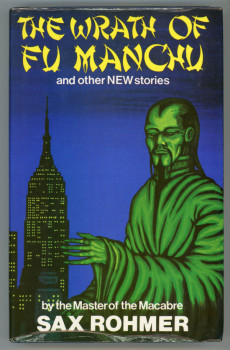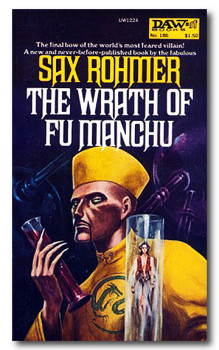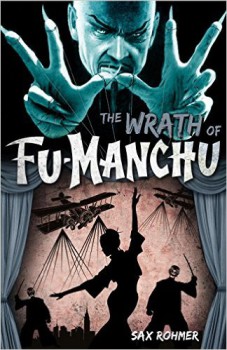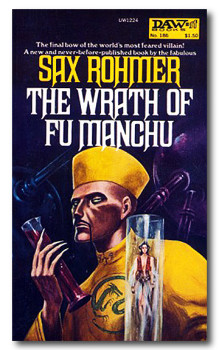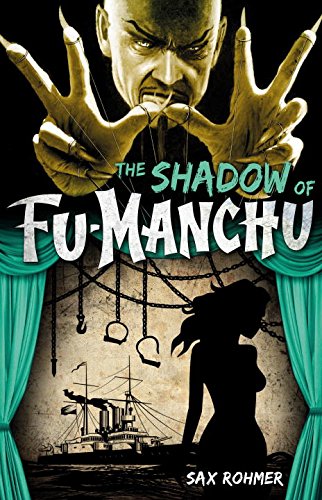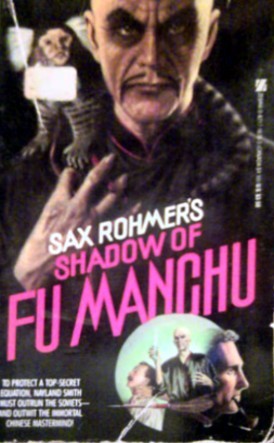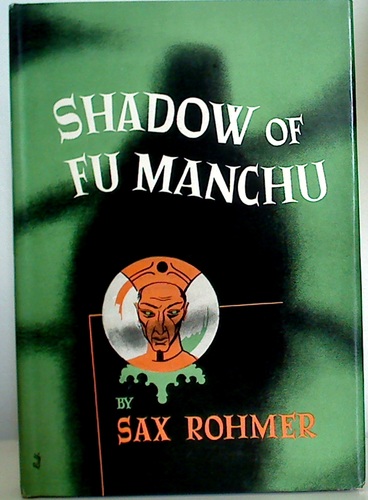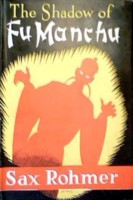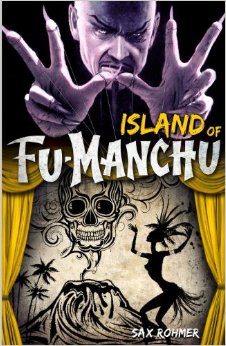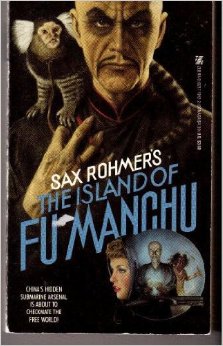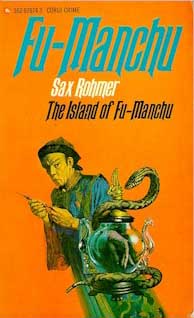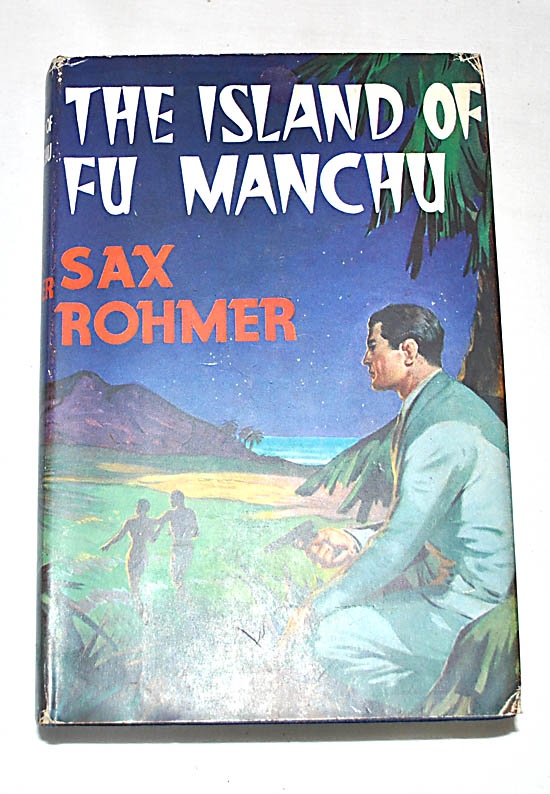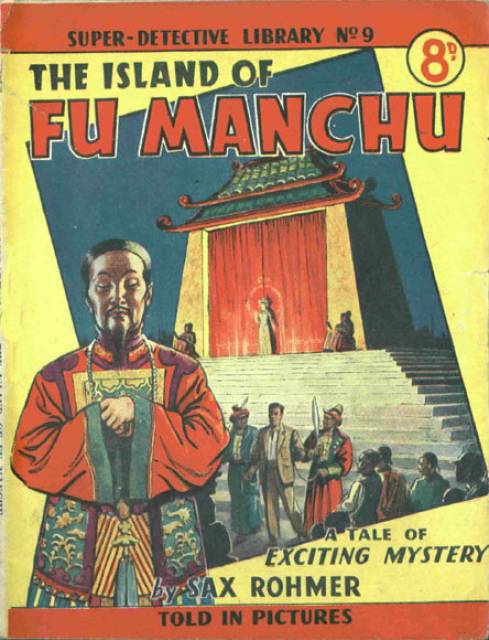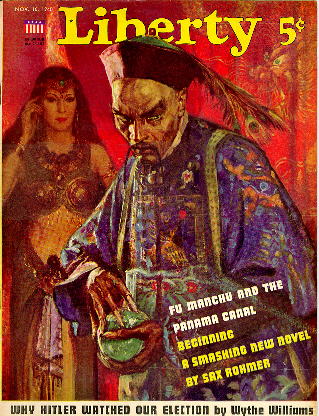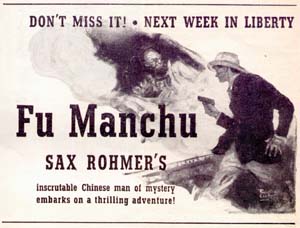Approbation and Obloquies for the Lord of Strange Deaths

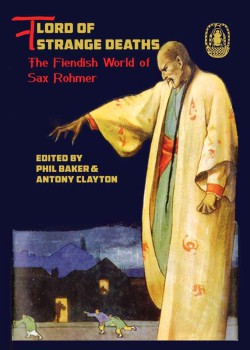 It is not easy to be a fan of classic pulp fiction and a person of good conscience in the 21st Century. It is far easier to embrace steam punk and all that has followed in its wake which treats the past as if it had the mores and indeed the colloquialisms of the present. As it is, one never knows when the Thought Police, those self-appointed guardians of right thinking, will decide a Dashiell Hammett is no longer possessed of literary merit because he also threw around racial slurs that were common in his day and didn’t have the foresight to have an enlightened view of sexuality when it came to capturing the world he lived in and wrote about.
It is not easy to be a fan of classic pulp fiction and a person of good conscience in the 21st Century. It is far easier to embrace steam punk and all that has followed in its wake which treats the past as if it had the mores and indeed the colloquialisms of the present. As it is, one never knows when the Thought Police, those self-appointed guardians of right thinking, will decide a Dashiell Hammett is no longer possessed of literary merit because he also threw around racial slurs that were common in his day and didn’t have the foresight to have an enlightened view of sexuality when it came to capturing the world he lived in and wrote about.
So what does this have to do with Sax Rohmer? Actually quite a lot. After a two year delay, Strange Attractor Press has finally published Lord of Strange Deaths, their impressive critical study of the man and his works. Such a tome was long overdue and very welcome indeed. Many of the individual essays are excellent and display the insight and level of research one expects from academics. Sadly, the book comes from the second decade of the current century which means one has to be reminded over and over that Sax Rohmer was a very bad person. He lived in colonial times and exploited the fears of the Boxer Uprising to create a criminal genius who heralded from China.
